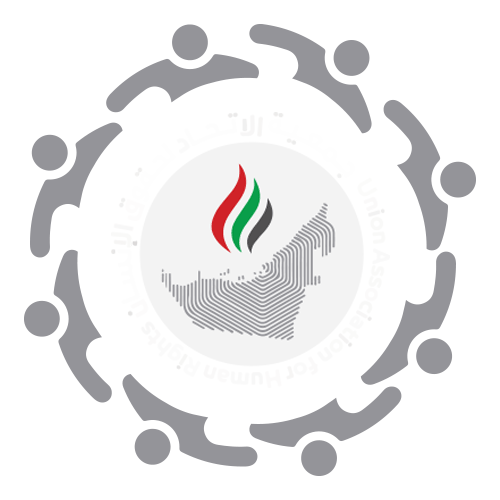

We shed light here on a comprehensive set of human rights that derive from core international conventions and treaties. These span from civil and political rights, originating in the International Covenant on Civil and Political Rights (which entered into force in 1976), to economic, social, and cultural rights, derived from the International Covenant on Economic, Social, and Cultural Rights. In response to contemporary developments, new rights have emerged—known as third-generation rights, or solidarity rights—that address the interests of communities and societies, as well as fourth-generation rights, known as digital rights, which safeguard human dignity in the digital era. This categorization provides a broad framework reflecting the evolution of human rights concepts to meet the needs of both individuals and societies across different eras and challenges.
This set of rights is derived from the International Covenant on Civil and Political Rights, which entered into force in 1976. The covenant outlines various civil and political rights, such as dignity, equality, justice, the right to a fair trial based on the presumption of innocence, freedom of thought, conscience, religion, opinion and expression, peaceful assembly, participation, and many other rights linked to human identity, including the right to life and personal safety, freedom from torture, the protection of privacy, and the right to form a family.
Click here to view the International Covenant on Civil and Political Rights.
These are rights connected to the individual’s personal and human identity, inherently linked to them inalienably and non-transferably. Among the most notable of these rights are:
These are the rights that belong to the individual by virtue of being part of a particular political community, enabling individuals to participate in shaping the collective will of society. These include the right to vote, run for office, engage in referendums, hold public positions, and other rights through which a person participates in the governance or administration of the state as one of its citizens. The Universal Declaration of Human Rights guarantees these rights, which can be categorized as follows:
These rights stem from the International Covenant on Economic, Social, and Cultural Rights, which entered into force in 1976.
The Covenant seeks to promote and protect numerous fundamental rights enshrined in its articles, notably the right to work under just and favorable conditions, the right to social protection and to enjoy a decent standard of living, the right to attain suitable levels of physical and mental health, as well as the right to education and the freedom to pursue cultural development that reflects the human identity of individuals and societies.
Click here to view the International Covenant on Economic, Social and Cultural Rights.
These are rights aimed at meeting individuals’ economic needs, including the right to work and property ownership. Over time, their scope has expanded to incorporate both economic and social dimensions that demand protections for vulnerable groups against possible excesses by dominant economic classes, thus requiring safeguards for workers—like the right to work, and the right to fight for fair material and moral benefits—and ensuring adequate social security to guarantee a decent living. Some of the primary economic rights include:
These rights address the social needs of individuals and are tied to providing what is necessary to fulfill a person’s basic human requirements. In some legal systems, these include the right to healthcare, housing, food, and education. Social rights often overlap significantly with economic rights, distinguished primarily by the fundamental concept and method of addressing the nature of each right. The principal social rights may be summarized as follows:
These are rights connected to human identity that ensure access to education, the dissemination of culture for the holistic development of one’s humanity, and the freedom to practice one’s own culture individually or collectively. They include the right to participate in cultural life, to enjoy the benefits of scientific and technological progress and of scientific, literary, material, and artistic works, and the right to protect, publish, and preserve human cultural heritage. The key cultural rights can be summarized as follows:
Third-generation rights, also known as collective or solidarity rights, concentrate on safeguarding the interests of entire groups and communities rather than just individuals. These rights include, for example, the right to development, the right to peace, the right to a healthy environment, and the right to self-determination. The aim is to strike a fair balance between individual and collective rights, reinforcing the concept of international solidarity and cooperation among peoples in pursuit of social justice and sustainable development. Some of the most important third-generation rights include:
Fourth-generation rights are often referred to as digital or electronic rights. They encompass a set of emerging rights resulting from rapid technological advancement in the digital age. These include the right to digital privacy, the right to free internet access, and the regulation of modern technologies such as artificial intelligence to ensure they respect human dignity and fundamental freedoms in the virtual space.
These rights are vital for confronting the challenges of the digital era and for building a safe and progressive digital environment that protects users’ rights while encouraging innovation. Among the most prominent fourth-generation rights are: